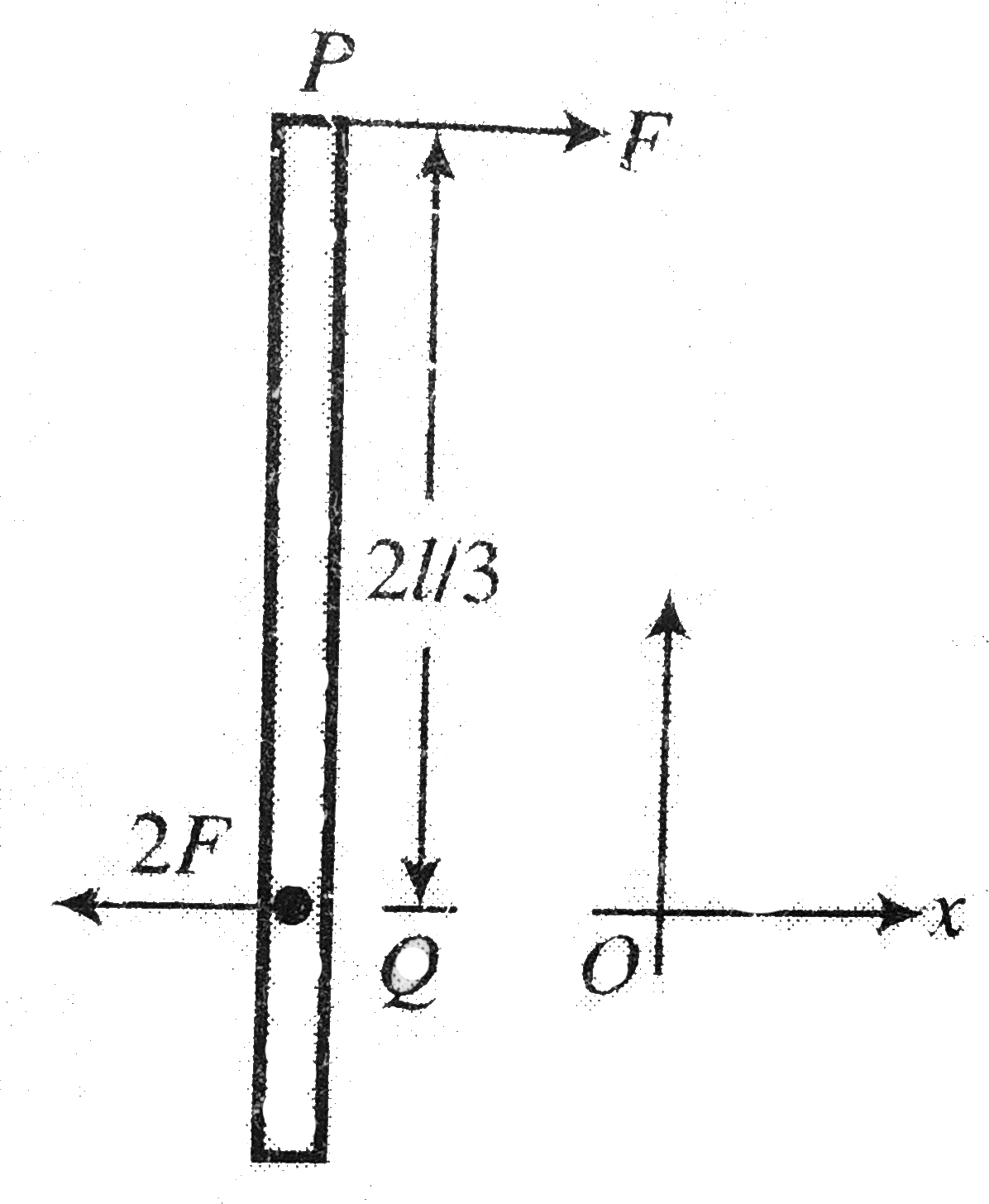The length L (in centimetre) of a copper rod is a linear function of its Celsius temperature C. In an experiment, if when and when , express L in terms of C.
Step 1: Use the general form of linear function
The general form of linear function is
It is given that the length L (in centimeter) of a copper rod is a linear function of its Celsius temperature C.
So, let …(1)
Step 2: Use the given condition to find the pair of linear equation
We have given that, if when
Therefore, from equation (1), we get
….(2)
Also, it is given that when
Therefore, from equation (1), we get
110a+b=125.134 …(3)
Step 3: Solve the pairs of equations obtained
Subtracting equation (2) from equation (3), we get
Substituting the value of a in equation (2), we get
Substituting the value of a and b in equation (1), we get
Hence, the required linear relation between L and C is
Topper's Solved these Questions
- STRAIGHT LINESBOOK - NCERT ENGLISHCHAPTER - STRAIGHT LINESEXERCISE - EXERCISE 10.5
2 Videos
- STRAIGHT LINESBOOK - NCERT ENGLISHCHAPTER - STRAIGHT LINESEXERCISE - EXERCISE 10.4
4 Videos
- STRAIGHT LINESBOOK - NCERT ENGLISHCHAPTER - STRAIGHT LINESEXERCISE - EXERCISE 10.1
14 Videos
- STATISTICSBOOK - NCERT ENGLISHCHAPTER - STATISTICSEXERCISE - EXERCISE 15.2
10 Videos
- TRIGONOMETRIC FUNCTIONSBOOK - NCERT ENGLISHCHAPTER - TRIGONOMETRIC FUNCTIONSEXERCISE - All Questions
110 Videos
Similar Questions
Knowledge Check
The L.C.M. of 30 and 45 is
A15B30C45D90
A thin rod, length L0 at 0∘C and coefficient of linear expansion α has its two ends mintained at temperatures θ1 and θ2 respectively Find its new length .
View SolutionA steel scale measures the length of a copper rod as l0 when both are at 20∘C, which is the calibration temperature for the scale . The scale reading when both are at 40∘C, is :-
View SolutionWhen a capacitor is charged then
lc= conduction current ld = displacembet current)
View SolutionA rod of length L is placed along the X-axis between x=0andx=L. The linear density (mass/length) ρ of the rod varies with the distance x from the origin as ρ=a+bx. a.) Find the SI units of a and b b.) Find the mass of the rod in terms of a,b, and L.
View SolutionThe total surface area of a cone of radius r2 and length 2l, is a)2πr(l+r)b)πr(l+r4) c)πr(l+r) d)2πrl
View SolutionThe co-efficient of thermal expansion of a rod is temperature dependent and is given by the formula α=aT, where a is a positive constant at T in∘C. if the length of the rod is l at temperature 0∘C, then the temperature at which the length will be 2l is
View SolutionFind aC and α of the smooth rod of mass m and length l.

View Solution
